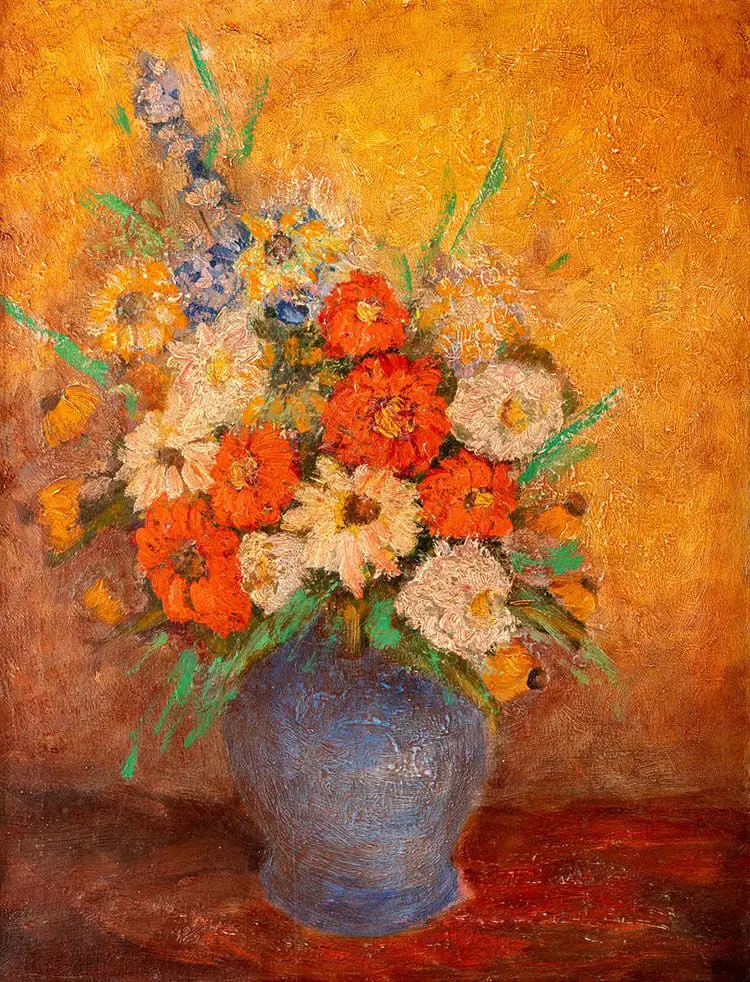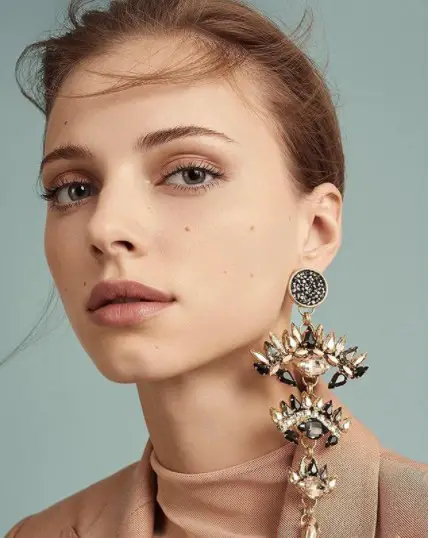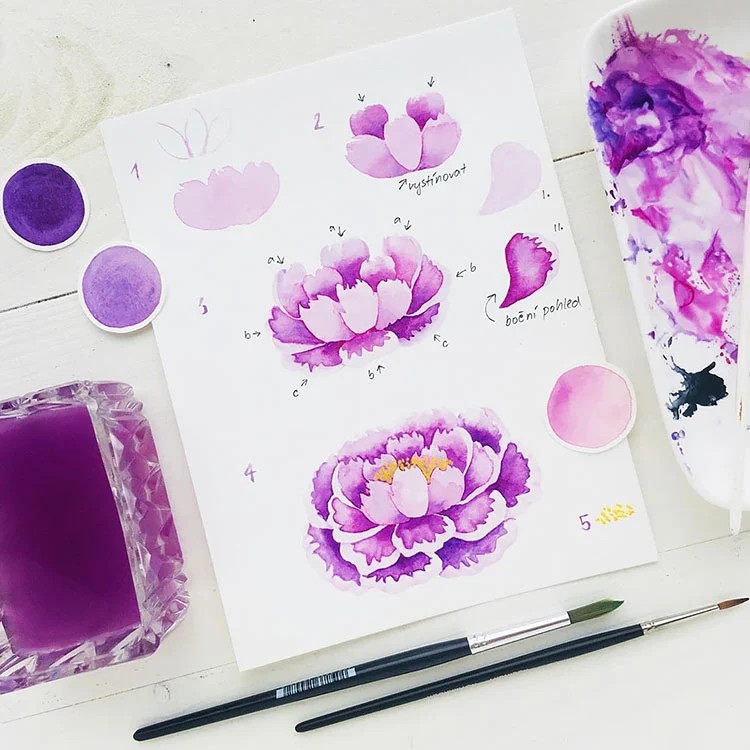Oil Painting For Beginners Plus Oil Painting Ideas
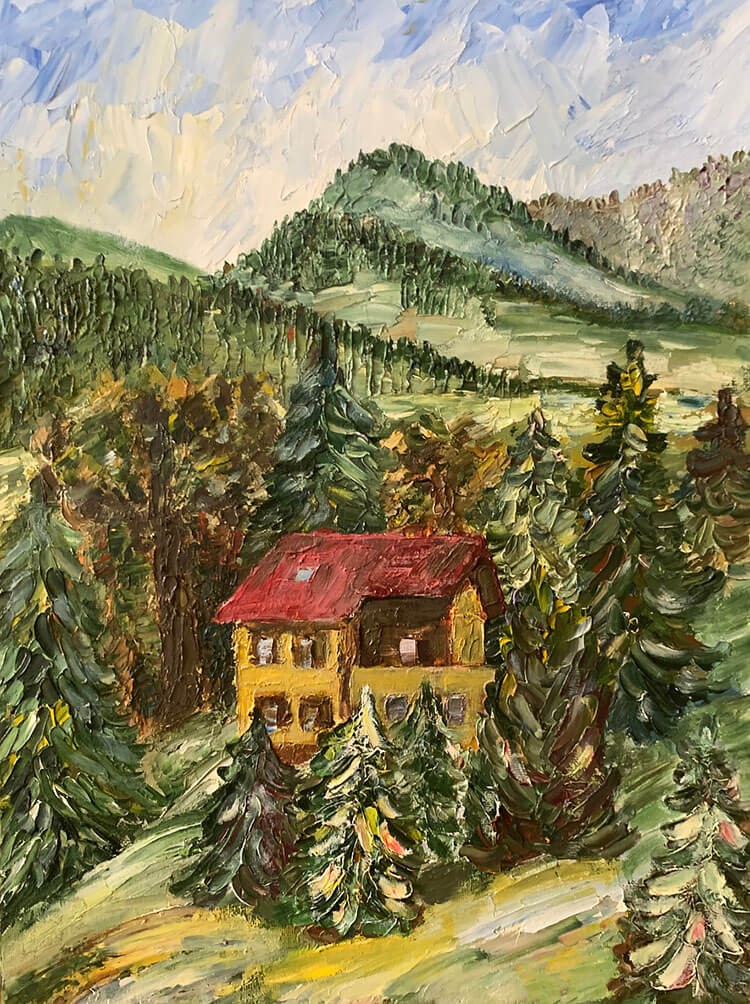
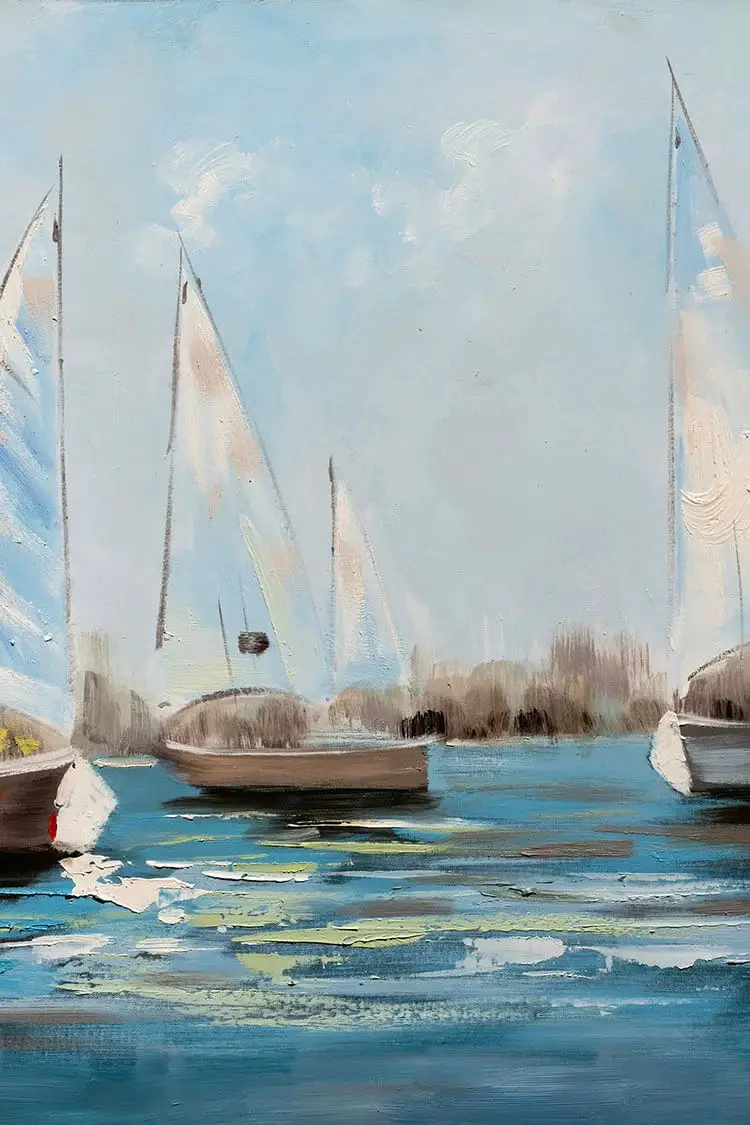
Oil painting, a timeless art form, has left an indelible mark on the world of art. Two of the most iconic pieces, The Starry Night by Vincent van Gogh and The Mona Lisa portrait painting by Leonardo da Vinci, are testaments to its enduring appeal. Not only have these masterpieces stood the test of time, but they also demonstrate the versatility and durability that has made oil painting a favorite among artists for centuries.
The history of oil painting dates back to the 15th century when Early Netherlandish painters first employed it in their work. However, it wasn’t until the 16th century that its popularity truly soared due to its remarkable qualities. Since then, oil painting has been used by artists from around the world, cementing its status as one of the most respected and well-known art forms.
What is Oil Paint?

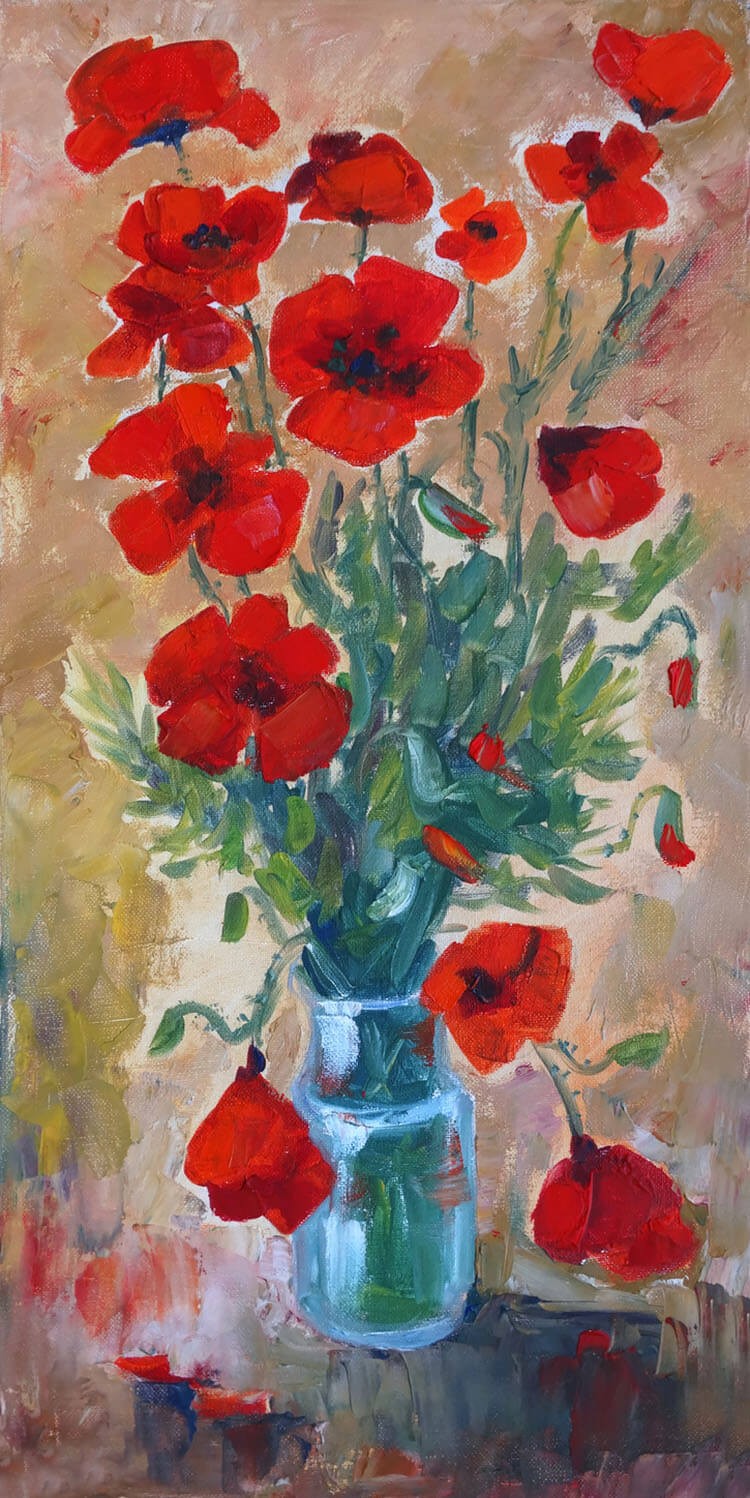
Oil paints are a type of artistic medium that relies on pigments suspended in a drying oil for its characteristic appearance. Commonly used oils include linseed, poppy seed, walnut, and safflower. To achieve the desired level of thickness, artists can employ an oil medium or a solvent like turpentine, which evaporates quickly, or mineral spirits, which has a moderate evaporation rate.
In my own artistic process, I opt for using a solvent to clean my brushes and an oil medium to adjust the viscosity of the paint. Additionally, applying varnish serves not only to enhance the glossiness of the finished piece but also provides essential protection against damage or wear.
What Are the Benefits of Oil Painting?
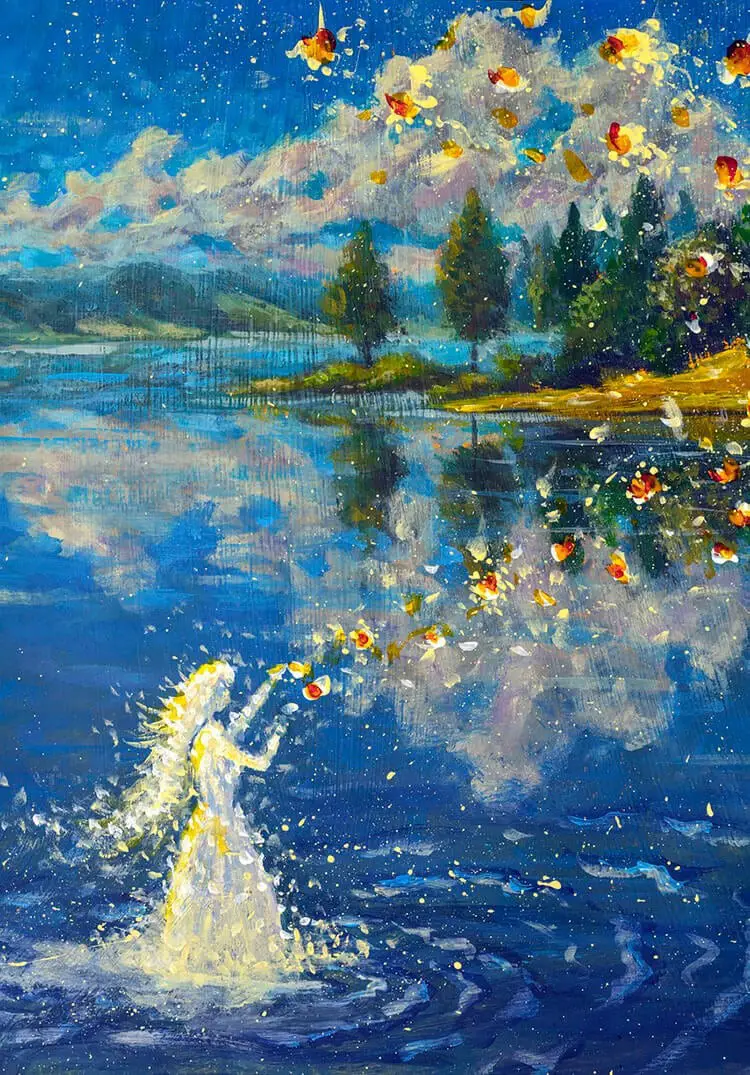
One of the most significant advantages of oil painting is its remarkable durability. In fact, oil paintings can remain vibrant and intact for 50 years or more without showing signs of fading or deterioration. Furthermore, this versatile medium allows for creative freedom on a variety of surfaces. With a vast array of colors at your disposal, you can bring any artistic vision to life.
Different Oil Mediums
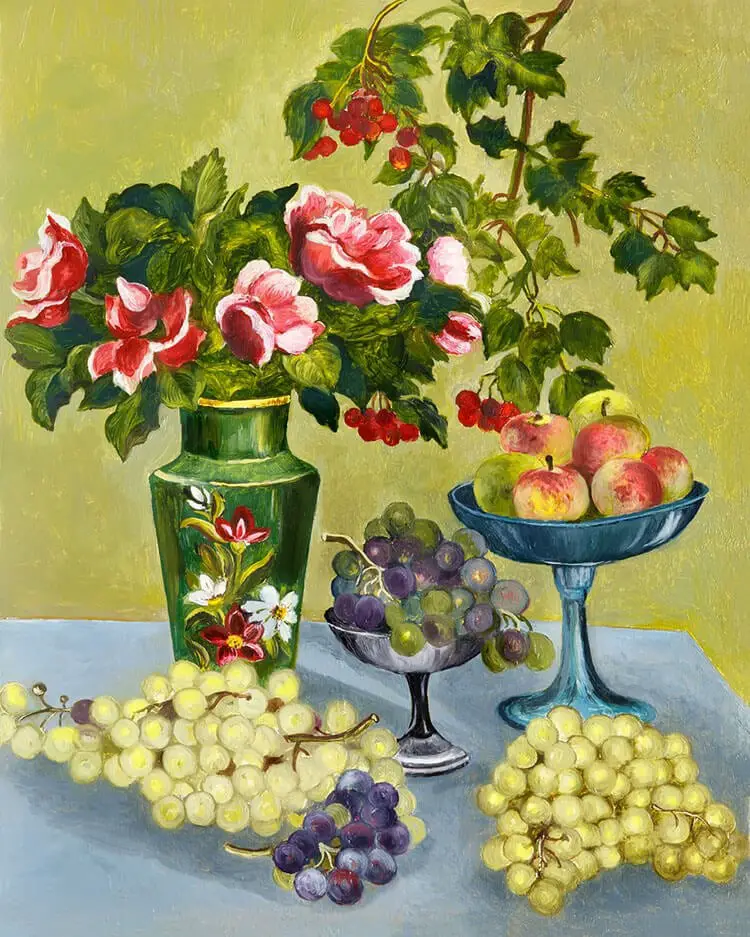

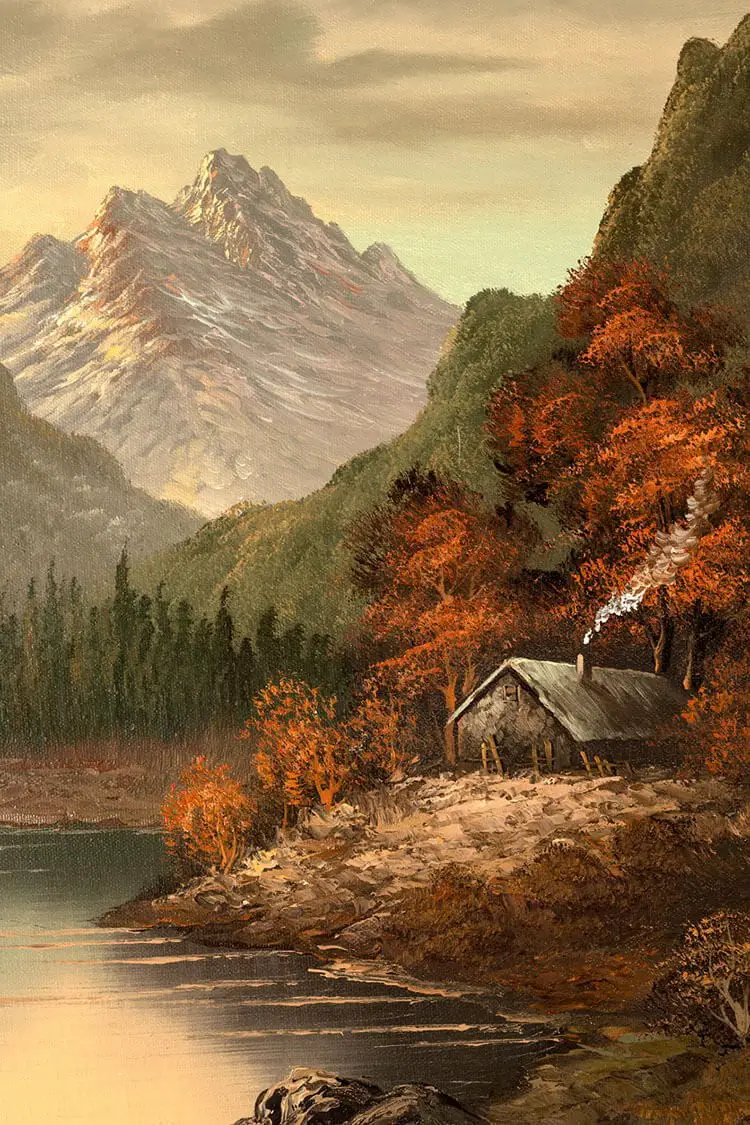
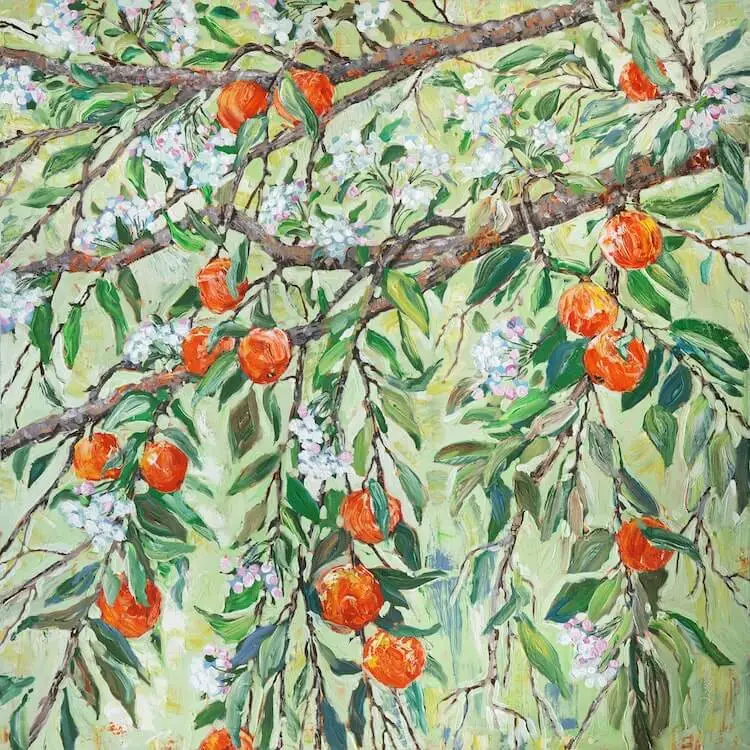
Oil mediums play a crucial role in enhancing the quality and performance of oil paints. They can be used to thin the paint, making it easier to blend and mix, or to alter its texture, creating a softer or more fluid consistency. Additionally, oil mediums can influence the drying time of the paint, allowing artists to work at their own pace. The type of medium used depends on personal preference, artistic goals, and specific painting techniques. Here’s an overview of some common oil mediums: Refined linseed oil is the most widely employed medium, offering a moderate drying time of two to three days. Poppy seed oil, in contrast, dries more slowly, taking five to seven days to set, making it ideal for artists working wet-on-wet. Walnut oil falls somewhere in between, with a drying time of four to five days, making it a popular choice among artists like Leonardo Da Vinci. Safflower oil shares similar characteristics with poppy seed oil but dries slightly faster, offering benefits such as reduced yellowing, softer paint texture, and extended wet-on-wet working time.
What Do I Need to Get Started With Oil Painting?
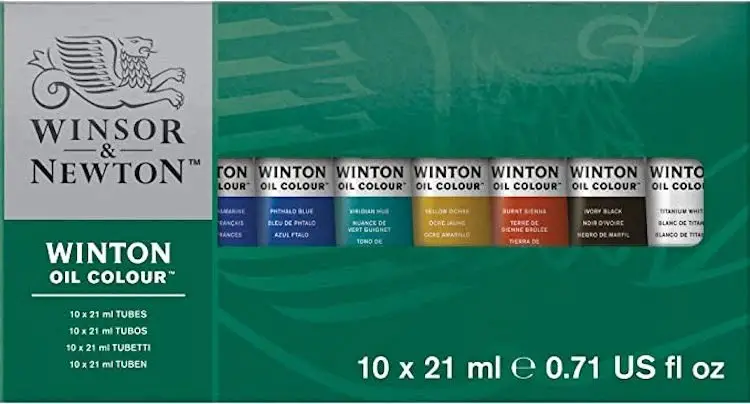
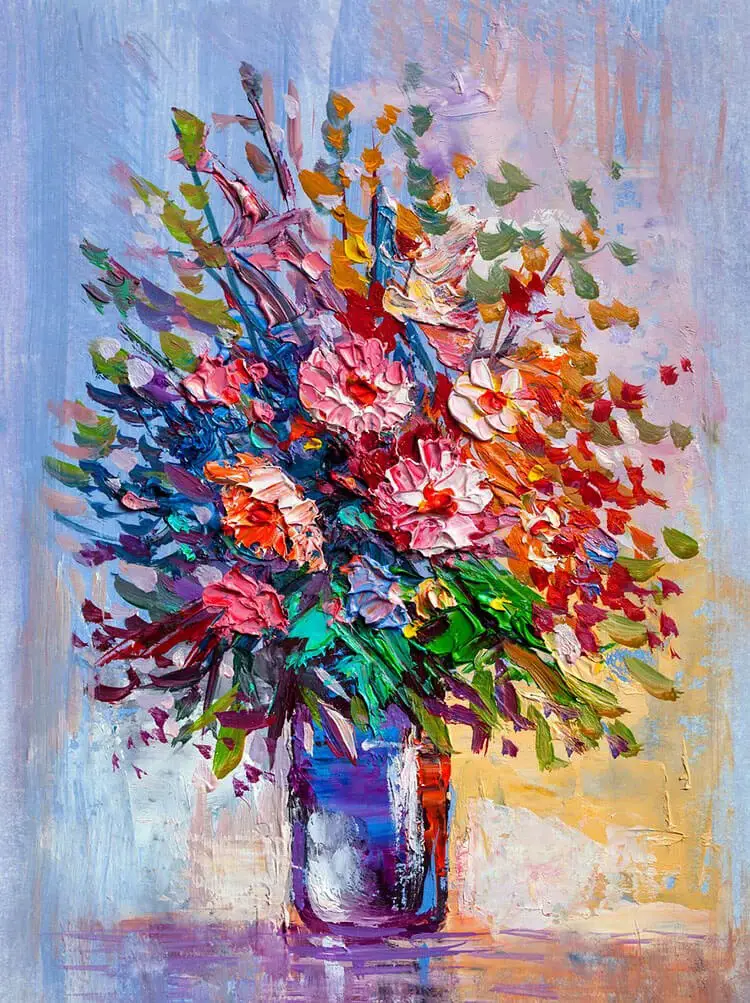



To begin with oil painting, you’ll require some fundamental supplies. The most essential ones include oil paint, painting brushes, canvas, palette, easel, solvent, oil medium, and additional tools. Let’s break down each of these necessities: Oil paint is the foundation of your masterpiece, so start with a set of 10 colors that typically includes cadmium yellow pale hue, cadmium red deep hue, French ultramarine, phthalo blue, viridian hue, burnt umber, yellow ochre, burnt sienna, ivory black, and titanium white. The Winsor and Newton Winton Oil Colour Paint Basic Set is an excellent starting point. Painting brushes are another crucial component; you don’t have to spend a fortune on high-end brands. A variety of sizes and materials like bristle, synthetic, or sable hair will suffice. I personally used the ADIS and Guys Premium Paint Brushes Set when I first started oil painting, and it worked just fine. Canvas is the surface where your art will come to life; cotton, linen, or treated Masonite are all viable options. A palette for mixing paint should be made of glass or metal, as wood can absorb the paint. An easel is not mandatory but makes the process much more enjoyable. When cleaning your brushes, you’ll need a solvent like turpentine or mineral spirits instead of water. This solvent also helps thin out your paint and can be used to achieve a desired consistency. It’s essential to use it in a well-ventilated area, as it can have fumes. To further enhance the smoothness of your paint, consider using refined linseed oil or another oil medium. These will help you achieve the right consistency for your art. Finally, don’t forget some additional tools like a jar for cleaning brushes, paper towels or rags, and pencils.
How to Protect Your Oil Painting
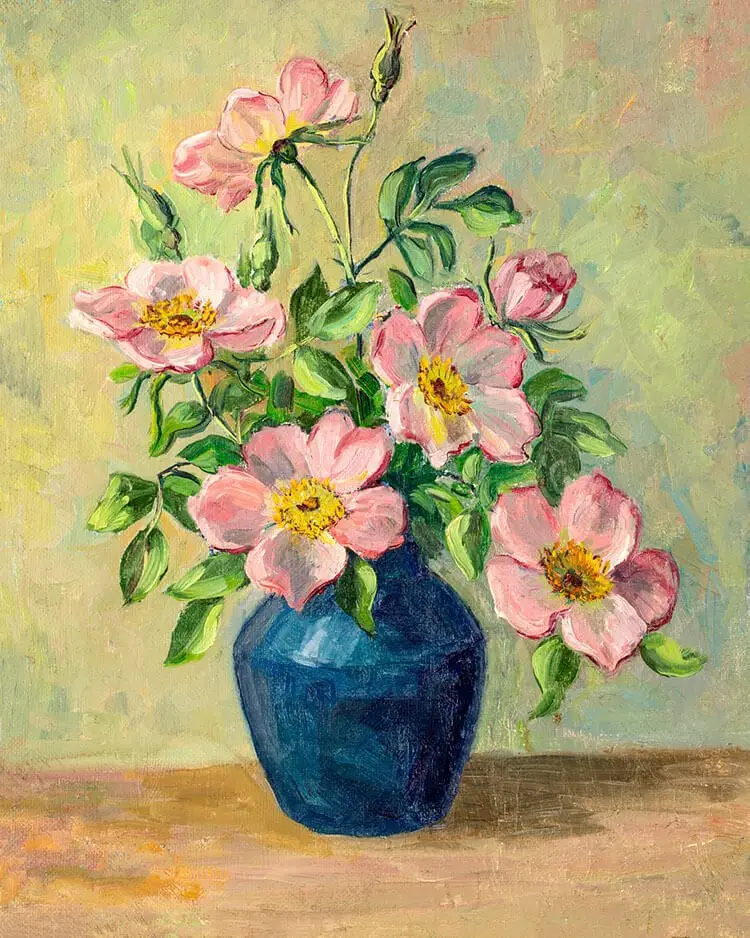
To safeguard your newly completed painting from environmental factors like dirt, dust, and UV rays, a layer of varnish is essential. You can acquire varnish online or at a local art supply store. When applying the varnish, ensure you’re working in a well-ventilated area and use a brush or rag to evenly coat the surface. It’s crucial to apply thin, successive layers, allowing each one to dry completely before moving on to the next. Once the final layer is fully dry, your painting will be protected for years to come.
Oil Painting Video Tutorials
As you begin your oil painting journey, it’s essential to have a solid foundation in the basics. Fortunately, there are numerous video tutorials available that can guide you through the process of creating realistic and stunning oil paintings. Some helpful resources include Oil Painting Basics Tutorial For Beginners – Painting Realistic Cherries, How I Paint Glowing Clouds – Oil Painting Tutorial, Oil Painting Tutorial – Ocean Sunset (Beginner), and How to Paint Clouds – Tutorial on How to Paint Realistic Looking Clouds in Oils. With these tutorials at your disposal, you’ll be well-equipped to tackle more complex projects and produce beautiful pieces that will last for years to come.

